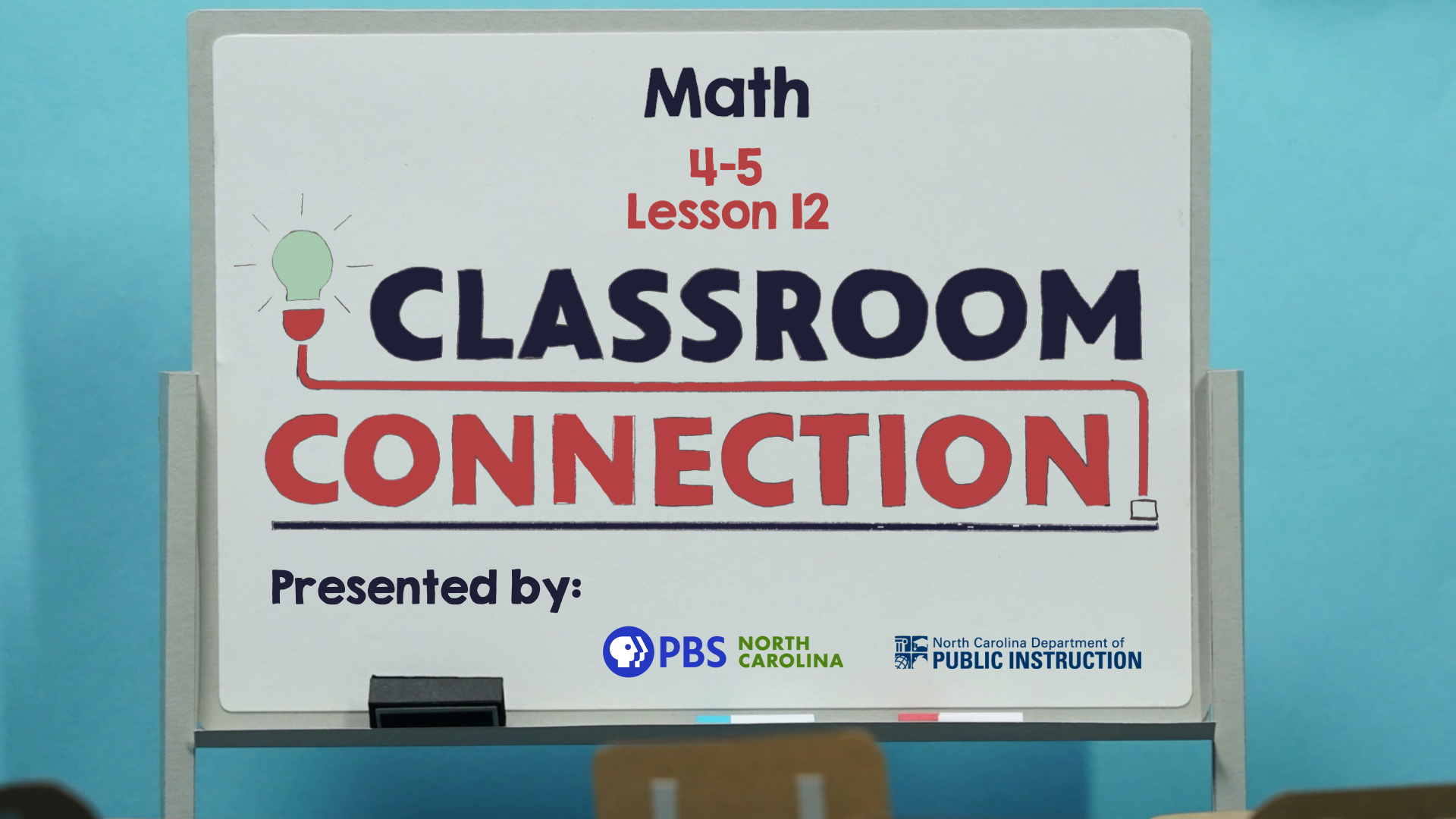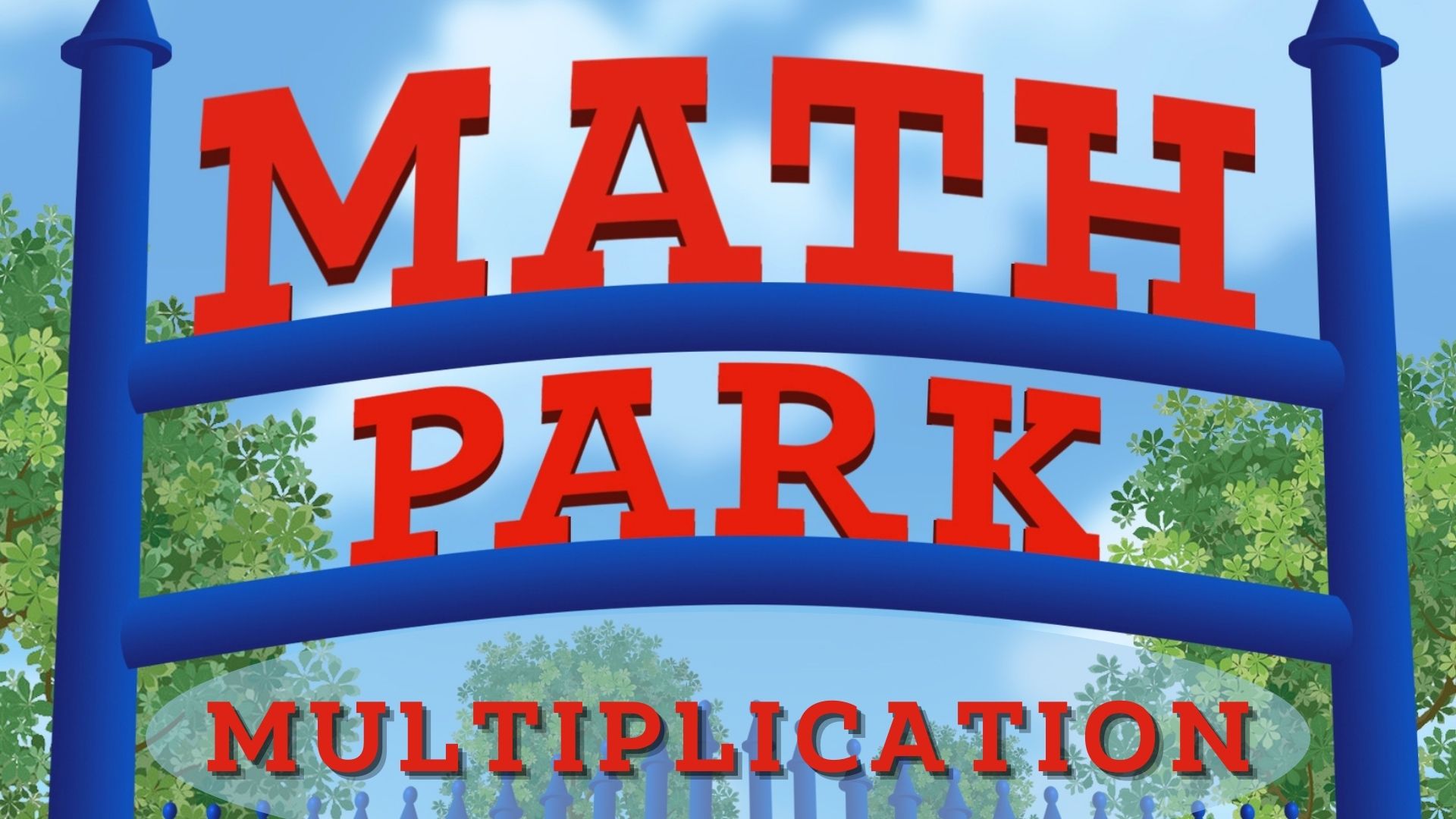Fluently multiply and divide within 100, using strategies such as the relationship between multiplication and division (e.g., knowing that 8 × 5 = 40, one knows 40 ÷ 5 = 8) or properties of operations. By the end of Grade 3, know from memory all products of one-digit numbers.
Standard Type
Michigan State Math StandardsRelated Lessons

A Model for Division
Mr. Lineberger loves playing games with dice. He needs your help to figure out how many each of his friends will get when they come over to play games. We can use division to help him figure it out.

Multiplying By 9 Strategies And Practice
Explore the Multiply by 9 facts by recognizing there is only one new fact: 9 x 9. Compete against characters to see who finds the product first. Play games and use your fingers to practice multiplying. Use multiplication facts you already know to help find the product when one factor is 9.

Multiplying By 8 Strategies And Practice
Explore the Multiply by 8 facts using the grouping of objects and arrays. Compete against characters to see who finds the product first. Practice with the commutative property of multiplication and 8's. Use multiplication facts you already know to help find the product when one factor is 8.

Multiplying By 7 Strategies And Practice
Explore the Multiply by 7 facts using the grouping of objects and arrays. Compete against characters to see who finds the product first. Practice with the commutative property of multiplication and 7's. Use multiplication facts you already know to help find the product when one factor is 7.

Multiplying By 6 Strategies And Practice
Explore the Multiply by 6 facts using the grouping of objects and arrays. Compete against characters to see who finds the product first. Practice with the commutative property of multiplication and 6's. Use multiplication facts you already know to help find the product when one factor is 6.
